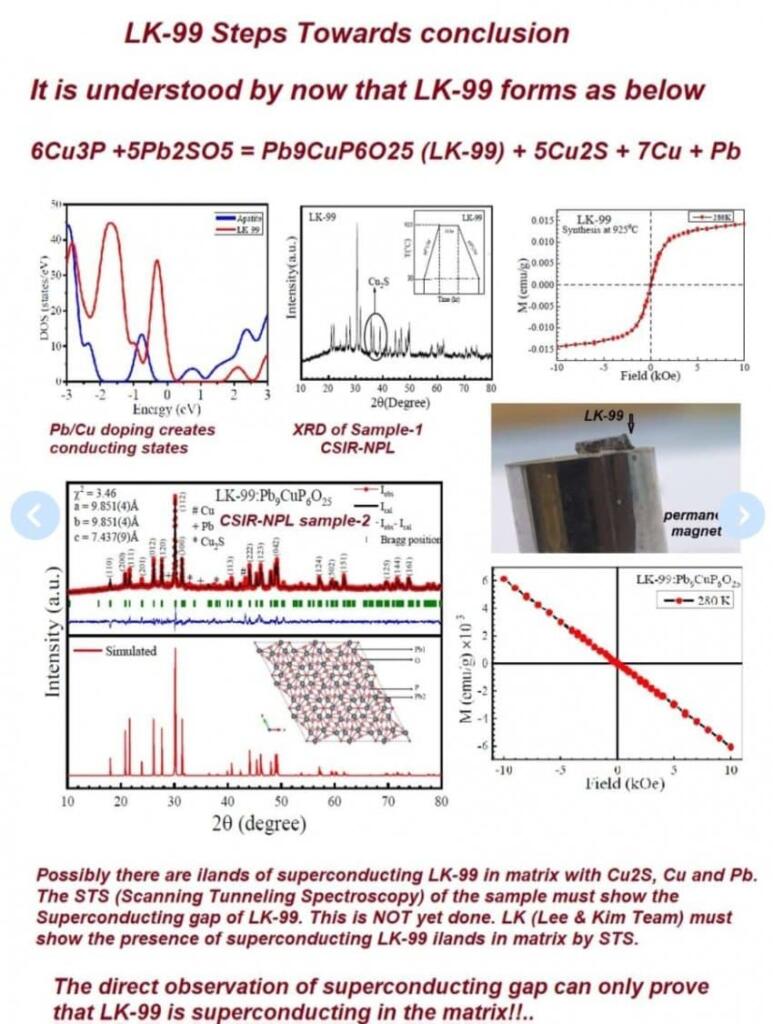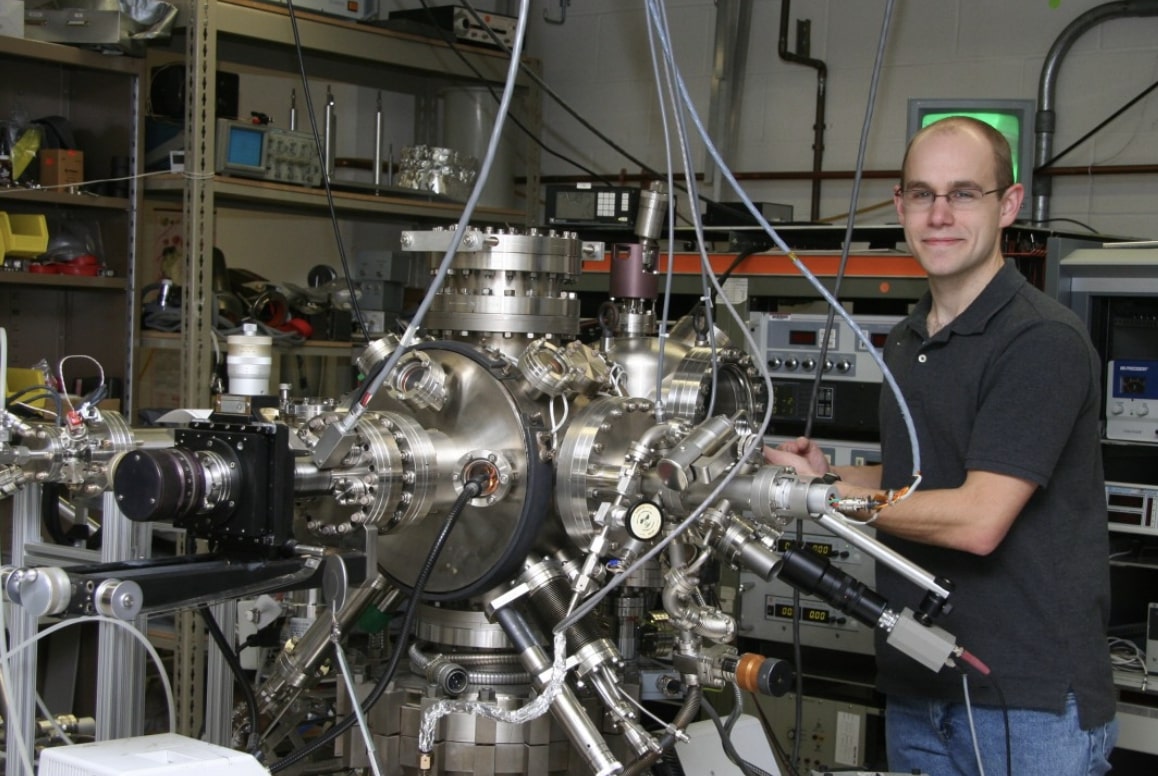Indian researcher, VPS Awana, says that using Scanning Tunneling Microscopes, that samples of LK99 possibly room temperature superconducting material could have superconductivity measured. Scanning Tunneling Spectroscopy systems cost about $20,000 to $200,000. They are common and such systems are in India and at Universities and companies around the world.
This will only work on LK99 samples which are actually made properly. Raw materials that did not have any transformation will not work. STS measurement of failed replications will still be negative. The original LK99 team need to use more advanced measurement devices.
Scanning Tunneling Spectroscopy (STS) is a specialized technique used in nanotechnology and condensed matter physics to investigate the electronic structure of materials at the atomic and molecular scale. It involves scanning a very fine metal tip very close to the surface of a material, allowing researchers to probe the behavior of electrons at the nanoscale level. By measuring the tunneling current between the tip and the surface, scientists can gather information about the energy levels of the electrons and the density of states within the material.
VPS Awana has been trying for weeks to get a good LK99 replication. He has been in direct contact with the Korean team. He published two arxiv preprints talking about how his early attempts did not work.
The bulk samples only have about one part per million with superconducting effects. Even those small pieces may only have partial superconducting areas. Atomic level scanning will measure and reveal superconducting areas.
The original korean team has claimed in a patent that nearly half of chemical vapor deposition created thin film have superconductance. Using STS measurement will be a critical step to proving the LK99 Superconducting claims

#LK99 update!
Prof. Awana has released a new statement regarding his study of #LK99 samples he and team obtained.
Picture attached below.
Here's what it says, simply put:
There might be tiny pieces of LK-99 material that are superconducting, but we need to use STS to confirm… pic.twitter.com/a4iYYHgsq8
— Devansh Gupta — (e/acc) (@DGupta9999) August 24, 2023

Brian Wang is a Futurist Thought Leader and a popular Science blogger with 1 million readers per month. His blog Nextbigfuture.com is ranked #1 Science News Blog. It covers many disruptive technology and trends including Space, Robotics, Artificial Intelligence, Medicine, Anti-aging Biotechnology, and Nanotechnology.
Known for identifying cutting edge technologies, he is currently a Co-Founder of a startup and fundraiser for high potential early-stage companies. He is the Head of Research for Allocations for deep technology investments and an Angel Investor at Space Angels.
A frequent speaker at corporations, he has been a TEDx speaker, a Singularity University speaker and guest at numerous interviews for radio and podcasts. He is open to public speaking and advising engagements.


Q-center info regarding the thin film sample magically has Si in it. Maybe Iris was right about the silicon substitutions?
So this material is supposed to revolutionize technology but we need a scanning tunneling microscope to tell the difference?
I will continue to report on the developments. Until others test the thin film material and try to make it and have issues with that process and prove that the thin film is not and can never be superconducting and variations of it that seem promising based upon computational analysis, then I will consider dropping it. Scientists who said give up already because some scientists tried to make bulk material LK99 from a poor description in a rushed paper are not convincing. They tested the wrong material that was not transformed WHEN the patent and the original papers said only the thin film version had superconducting resistance.
The LK-99 does not meet the requisite four-fold test, it’s scientifically inconclusive.
I am waiting for more peer reviewed papers and patents from the original team and for works for others who get some of their material to study.
Hi Brian, I agree with you. Thorough investigation is hallmark of excellence. One of the greatest experimentally would have missed one of his biggest discoveries if he had like most people moved on after measuring 99,999 particles out of 100,000. Rutherford found the missing particle in the most unexpected position, behind the sample and thereby he and his students first detected the nucleus of the atom. Awesome and Rutherford was indeed awesome! Reginald B. Little
So lk99 is literally vapour ware.